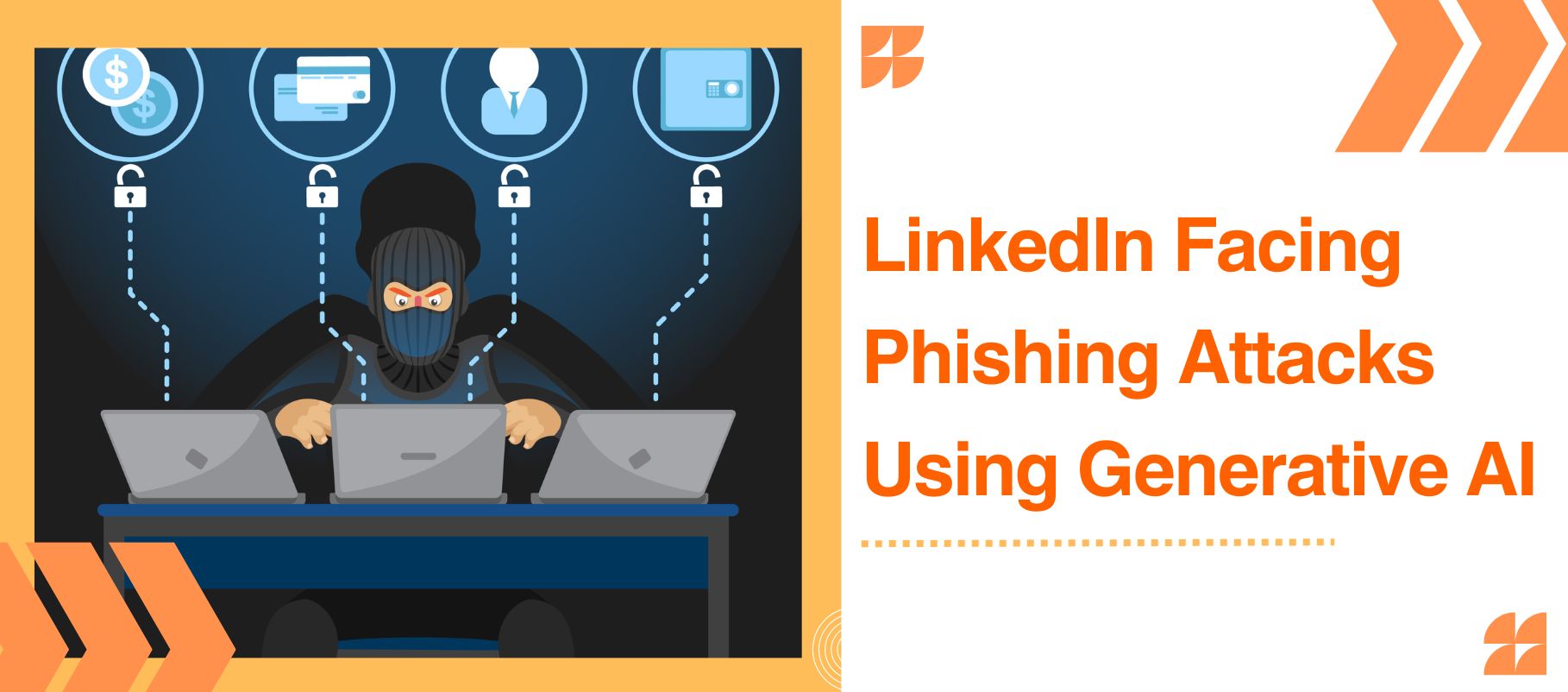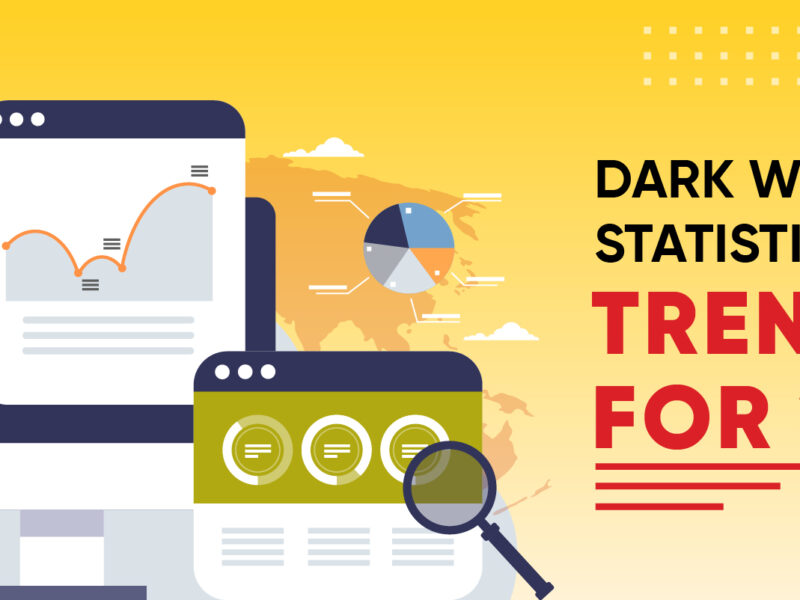
Stay Safe On LinkedIn: Phishing Attack Is Hiding Behind Gen AI
Technology is rapidly evolving, and cybersecurity is a significant concern in this changing tech environment. Over the years, the cybersecurity environment has evolved massively and will continue to do so in the coming years.
However, this shift has raised concern due to the exponential increase in phishing assaults, which have increased by more than 150% yearly since 2019. These assaults endanger both people and organizations. Even more problematic is the growing role of generative AI, which has made these attacks more advanced and realistic than ever.
What Is Generative AI?
Generative artificial intelligence, sometimes called “Gen AI,” is a revolutionary advancement in AI technology. Unlike earlier AI systems, which could only carry out pre-programmed tasks in certain areas, Gen AI is capable of creativity, flexibility, and self-learning machine learning models. It is ready to usher in a new era in which robots may imitate human intellect while enhancing and expanding it in previously unthinkable ways.
How Does It Work?
Cybercriminals who prefer to exploit people’s flaws over technological ones have long been fond of phishing assaults. These assaults usually use phoney emails, messages, or websites intended to trick victims into divulging private information like login passwords, bank account information, or personal information.
Cybercriminals ‘ toolkits have grown dramatically since the development of generative AI technologies. Attackers may now automatically create incredibly realistic material, such as emails and messages that seem to come from reliable sources, all thanks to generative AI. This is a big concern indeed!
With this skill, they may create convincing and customized phishing attacks on a large scale, evading conventional security safeguards and taking advantage of “gullible people”.
Just in case you or your organization has faced any such, do tell us in the comment section below.
How Is LinkedIn Getting Affected?
Ahh! LinkedIn is a well-known platform that we surf every day for an hour or so for new updates, connections, posts, views, and whatnot. Being the biggest professional network in the world, LinkedIn has not been exempt from this growing danger. LinkedIn is a desirable target for hackers seeking personal and professional information since it promotes networking and professional relationships. Phishing attempts on LinkedIn typically manifest as phoney job offers, spoof connection requests, or communications posing as correspondence from reliable acquaintances.
Must be thinking, if LinkedIn is at risk, what can be the next step? So, I researched and found a few pointers that can be kept in mind to combat the growing menace of phishing attacks on LinkedIn.
As an individual or organization, you can use these tips and tricks to protect yourself from the coming phishing danger. Check these out:
- Educate and Train: Make a significant investment in thorough cybersecurity awareness training to inform staff members and users about the dangers of phishing scams, which can involve generative AI technologies.
- Remain Alert: It is suggested that users remain alert and wary of unsolicited requests or communications, particularly those that include dubious attachments or links.
- Verify Identities: Before replying to messages or clicking on links, always confirm the sender’s identification. This is especially important if the communication asks for sensitive information or involves financial transactions.
- Multi-factor authentication: Now, this is in your hands. Whenever feasible, use multi-factor authentication (MFA) to further strengthen the security of your LinkedIn and other online accounts.
- Use Advanced Threat Detection: Identify and mitigate complex phishing efforts, particularly those using generative AI technology and advanced threat detection systems and software, such as an antivirus.
- Report Suspicious behavior: This even happened to me. So, my urge would be for everyone, as a user, to contact LinkedIn immediately to report any phishing efforts or suspicious behavior. Reporting an attack as soon as you see one will help save others from becoming victims.
Phishing attacks are growing like a disease and can only be combated when we take preventive measures. Yes! Like we did during the Covid. Hush! It was a bad time, and so are these phishing scams, which have taken the shelter of generative AI to get into our lives and harm us like a deadly virus.
I’m not trying to scare you, no… No, I’m just trying to keep you aware and cautious.
In particular, trust is crucial on sites like LinkedIn, where we connect to expand our professional networks. To strengthen their defenses and lessen the dangers associated with this dynamic threat landscape, people and organizations need to remain aware, watchful, and proactive. It is always better to prevent than to treat when it comes to cybersecurity.
Because, as we all know, “Prevention Is Better Than Cure!”




